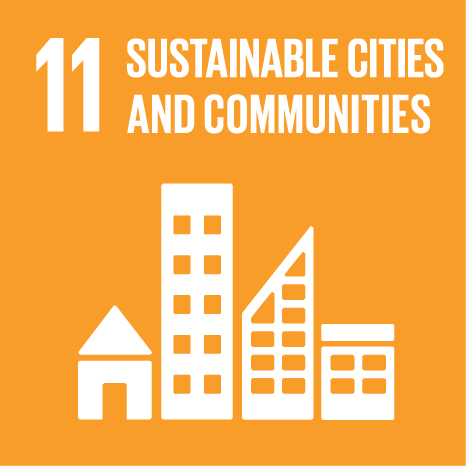Ciência_Iscte
Publications
Publication Detailed Description
Designing for sustainability: retrieving a systemic role for urban form
Journal/Book/Other Title
Urban Morphology
Year (definitive publication)
2020
Language
English
Country
United Kingdom
More Information
Web of Science®
Scopus
Google Scholar
This publication is not indexed in Overton
Abstract
Approaching the study of urban form from a sustainability perspective has generated encouraging responses (Maretto, 2018; Sioen et al., 2016). The implications are, however, twofold. On the one hand, the growing number of studies has taken two particular scales of approach – the city and the building. At the city scale there are the 1990s theories about sustainable urban form (Jenks et al., 1996; Rogers, 1997), the formation of new urban movements advocating for principles of how cities should be built (Duany and Plater-Zyberk, 1991; Congress for the New Urbanism, 1999) and the arrival of new scientific journals dedicated to the study of urban form, such as Urban Morphology. Notwithstanding the lack of consensus about the most preferable urban forms, debate on the efficiency of the urban environment rapidly emerged, echoed in various disciplines: in particular, in fields of study which aimed to explore the metabolic outcome from an environmental or socioecological perspective (Fischer-Kowalski, 1997), or through an efficiency perspective, mostly focused on resources and energy (Banister et al., 1997; Thomson and Newman, 2017). The impacts of these on planning and industry were fast and obvious, in particular through the transportation, construction and material sectors. ustainability, however, would emerge as a convincing argument for the promotion of new technological applications (for example new building materials, photovoltaic panels, energy-efficient light bulbs and electric vehicles), as a way to restore and maintain resources and energy necessary to guarantee that patterns of flows could continue operating within the natural system. However, on the other hand, the acknowledgement of urban form itself as a contributor to sustainability went somehow unnoticed by the wider audience. Design solutions for improved urban form progressed, but were conditioned to arbitrary perceptions of sustainability and taste values.
Acknowledgements
--
Keywords
Urban Form,Sustainability,Urban Design,Urban Metabolism
Fields of Science and Technology Classification
- Other Natural Sciences - Natural Sciences
- Other Engineering and Technology Sciences - Engineering and Technology
- Other Agricultural Sciences - Agriculture Sciences
- Other Humanities - Humanities
Funding Records
| Funding Reference | Funding Entity |
|---|---|
| POCI-01-0145-FEDER-016431 | Fundação para a Ciência e a Tecnologia |
Contributions to the Sustainable Development Goals of the United Nations
With the objective to increase the research activity directed towards the achievement of the United Nations 2030 Sustainable Development Goals, the possibility of associating scientific publications with the Sustainable Development Goals is now available in Ciência_Iscte. These are the Sustainable Development Goals identified by the author(s) for this publication. For more detailed information on the Sustainable Development Goals, click here.

 Português
Português




